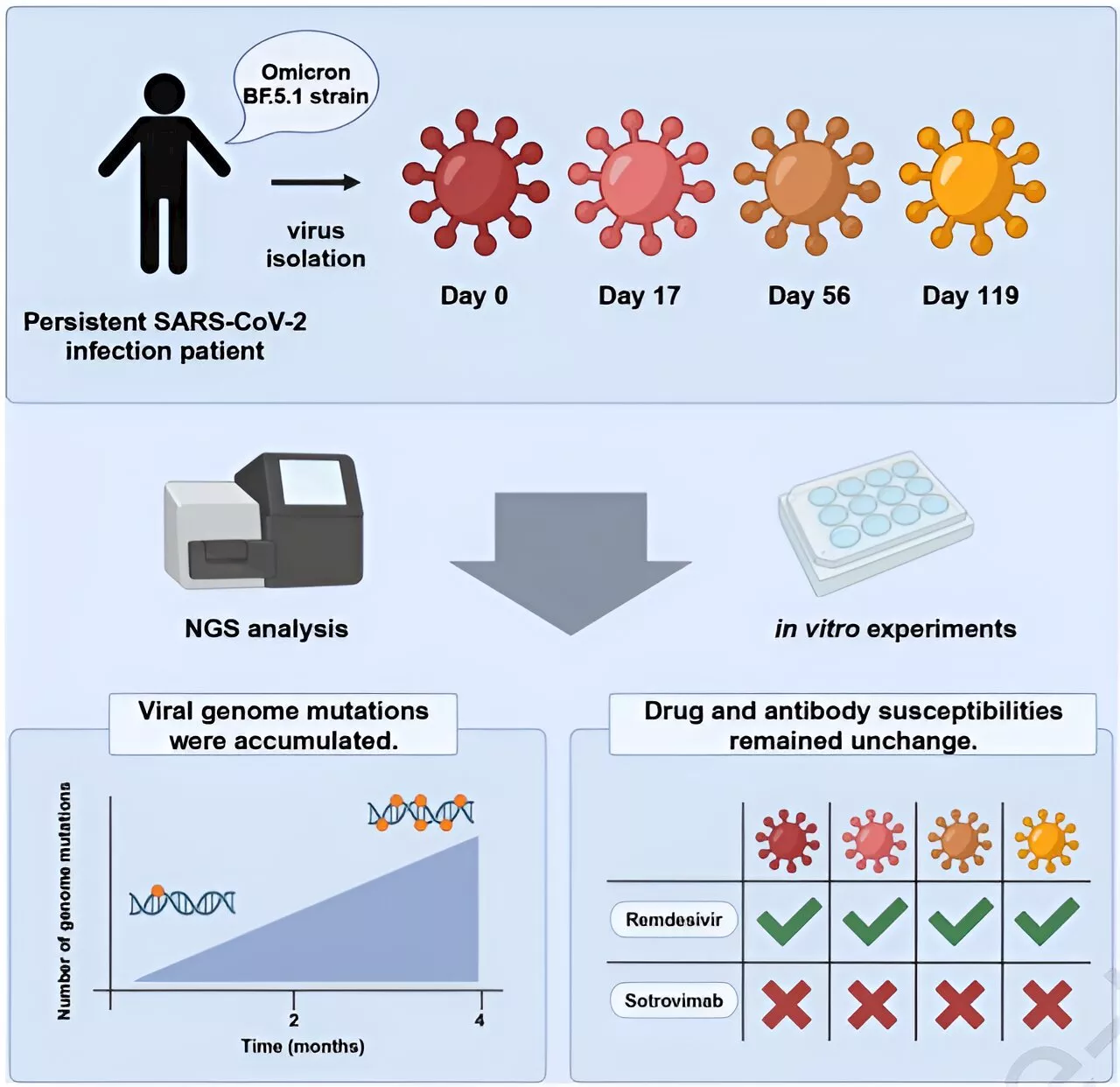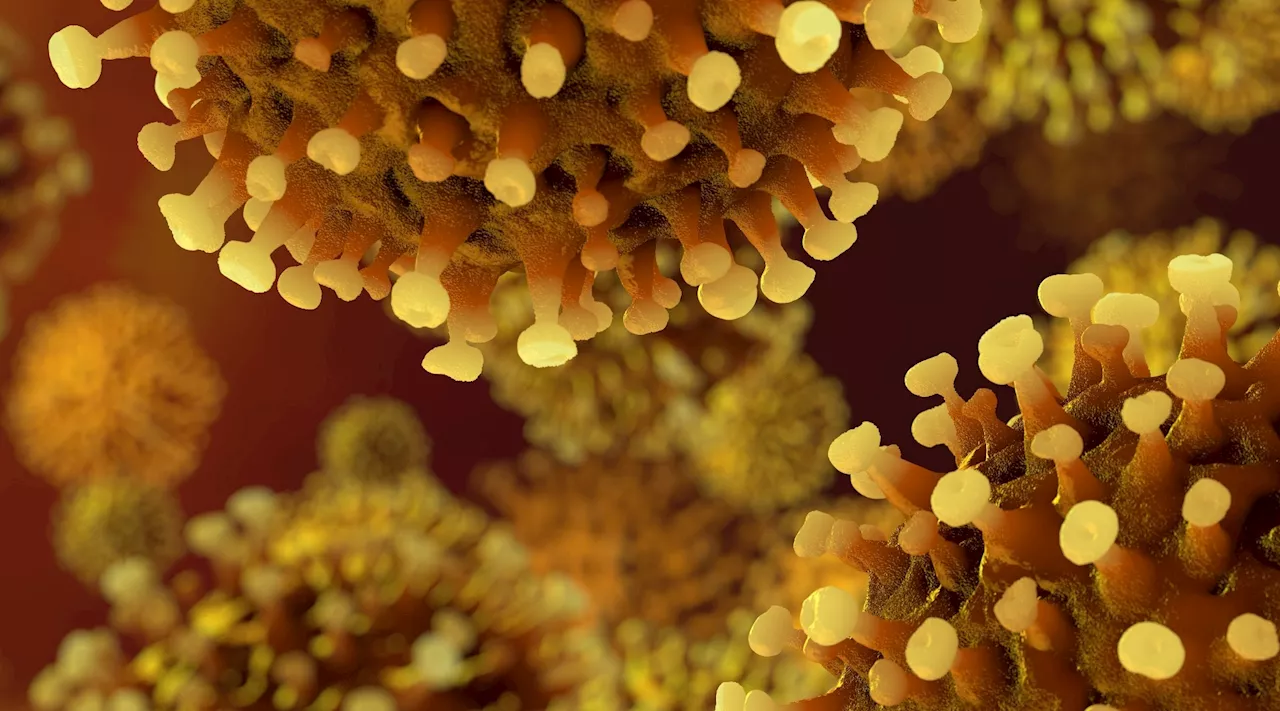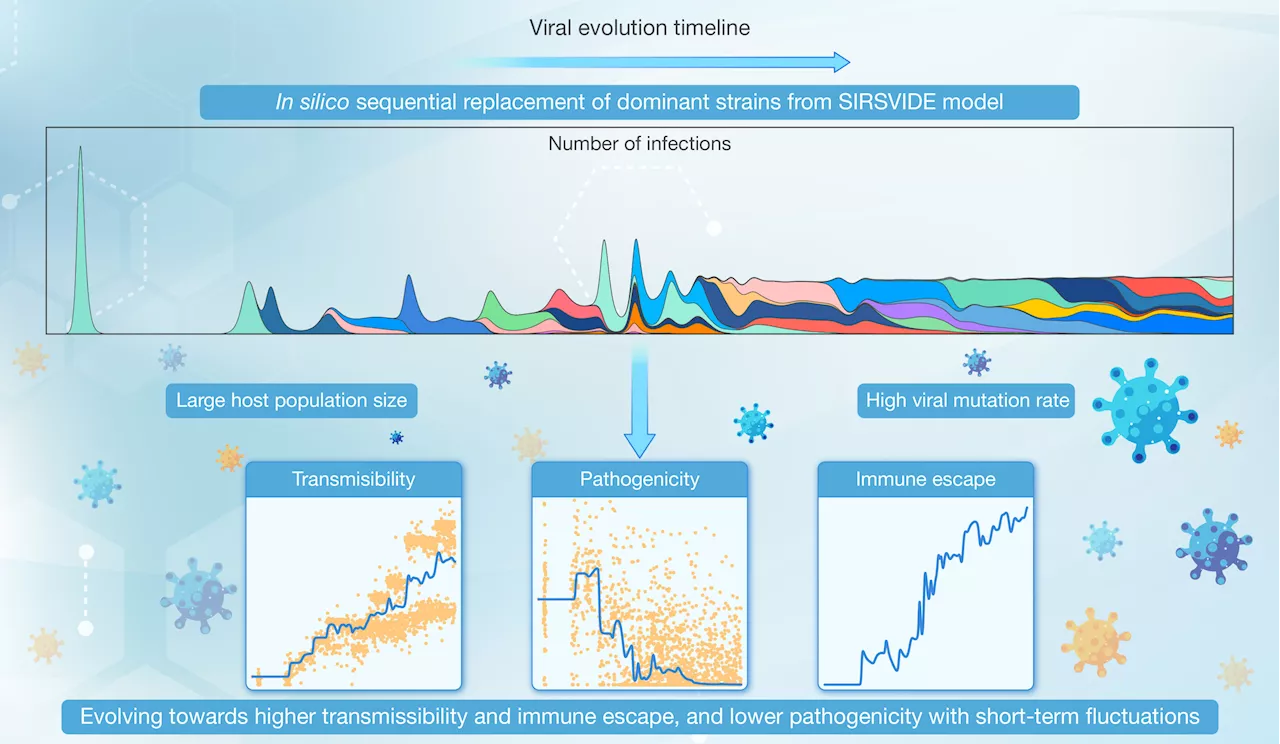The long-term smell and taste-associated outcomes of coronavirus disease 2019 (COVID-19) using validated psychophysical tests.
By Dr. Chinta SidharthanApr 29 2024Reviewed by Lily Ramsey, LLM In a recent study published in the journal JAMA Network Open, researchers aimed to quantitatively assess the long-term smell and taste-associated outcomes of coronavirus disease 2019 using validated psychophysical tests to circumvent the inaccuracies that could occur with self-reported taste dysfunction.
However, there is a lack of studies that have assessed the chemosensory dysfunction in PCC patients over follow-up intervals of a year or more after the SARS-CoV-2 infection. They also assessed whether these findings were correlated with sex or age and investigated the association between the test scores and the SARS-CoV-2 variant responsible for the initial infection.
These items belonged to five categories, namely, sweet, salty, bitter, sour, and brothy. The 40-item smell function test consisted of four booklets containing scratch and sniff cards for various odorants, with four alternatives provided for each odorant to be identified through a multiple-choice question.
SARS SARS-Cov-2 Brain Brain Fog Coronavirus Covid-19 Dyspnea Fatigue Omicron Pandemic Public Health
United Kingdom Latest News, United Kingdom Headlines
Similar News:You can also read news stories similar to this one that we have collected from other news sources.
 Researchers predict real-world SARS-CoV-2 evolution by monitoring mutations of viral isolatesJunior Associate Professor Kazuo Takayama (Department of Cell Growth and Differentiation) and a collaborative team of researchers in Japan recently characterized SARS-CoV-2 collected from a persistent COVID-19 patient to identify critical factors responsible for generating new mutant strains.
Researchers predict real-world SARS-CoV-2 evolution by monitoring mutations of viral isolatesJunior Associate Professor Kazuo Takayama (Department of Cell Growth and Differentiation) and a collaborative team of researchers in Japan recently characterized SARS-CoV-2 collected from a persistent COVID-19 patient to identify critical factors responsible for generating new mutant strains.
Read more »
 Novel SARS-CoV-2 mutations found in floodwaters near homeless communitiesStudy highlights the detection of SARS-CoV-2 RNA and novel spike gene mutations in flood control channels affected by homeless populations, demonstrating the value of environmental surveillance in understanding public health dynamics.
Novel SARS-CoV-2 mutations found in floodwaters near homeless communitiesStudy highlights the detection of SARS-CoV-2 RNA and novel spike gene mutations in flood control channels affected by homeless populations, demonstrating the value of environmental surveillance in understanding public health dynamics.
Read more »
 Platform Tracks SARS-CoV-2 Mutational Impact on Disease SeverityA platform has been developed to track the mutational impact of SARS-CoV-2 on disease severity and identify effective therapeutic inhibitors.
Platform Tracks SARS-CoV-2 Mutational Impact on Disease SeverityA platform has been developed to track the mutational impact of SARS-CoV-2 on disease severity and identify effective therapeutic inhibitors.
Read more »
 Modeling viral evolution: A novel computational model with application to SARS-CoV-2 dynamicsUnderstanding the mutation and evolution of viruses (such as SARS-CoV-2) is crucial for effective public health management and response.
Modeling viral evolution: A novel computational model with application to SARS-CoV-2 dynamicsUnderstanding the mutation and evolution of viruses (such as SARS-CoV-2) is crucial for effective public health management and response.
Read more »
 Study reveals how SARS-CoV-2 hijacks lung cells to drive COVID-19 severityResearchers identified how SARS-CoV-2 targets and manipulates specific lung cells, using innovative techniques to trace the virus's impact on the cells' gene expression, revealing insights into early COVID-19 pathogenesis.
Study reveals how SARS-CoV-2 hijacks lung cells to drive COVID-19 severityResearchers identified how SARS-CoV-2 targets and manipulates specific lung cells, using innovative techniques to trace the virus's impact on the cells' gene expression, revealing insights into early COVID-19 pathogenesis.
Read more »
 Study reveals age-specific differences in nasal cells' response to SARS-CoV-2Important differences in how the nasal cells of young and elderly people respond to the SARS-CoV-2 virus, could explain why children typically experience milder COVID-19 symptoms, finds a new study led by researchers at UCL and the Wellcome Sanger Institute.
Study reveals age-specific differences in nasal cells' response to SARS-CoV-2Important differences in how the nasal cells of young and elderly people respond to the SARS-CoV-2 virus, could explain why children typically experience milder COVID-19 symptoms, finds a new study led by researchers at UCL and the Wellcome Sanger Institute.
Read more »
